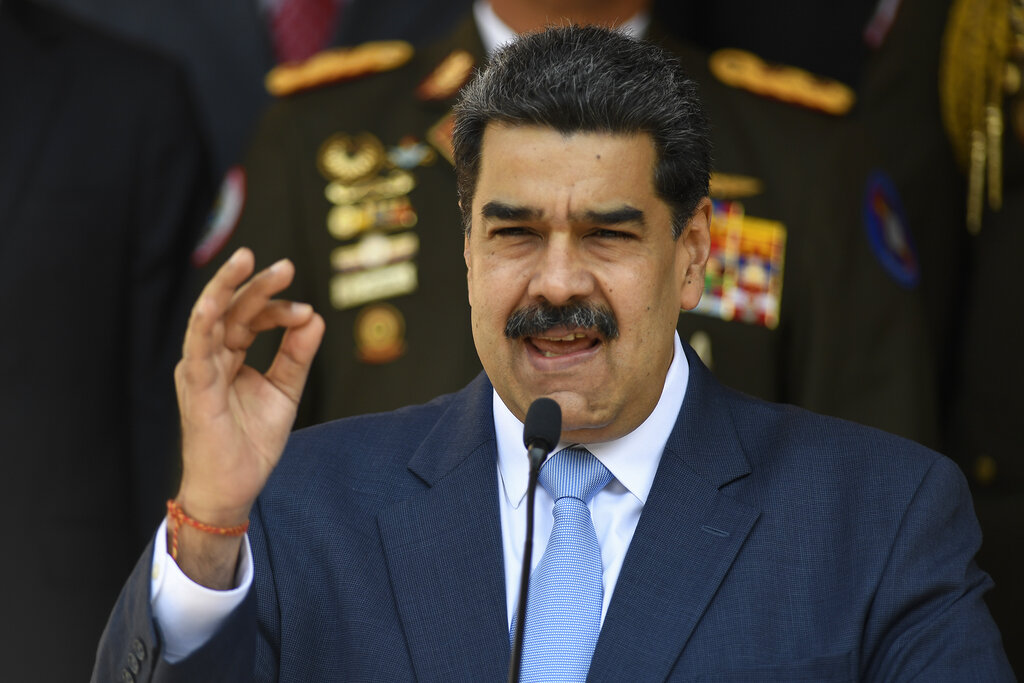Title 42 is scheduled to come to an end in two weeks, and in an effort to curb the anticipated influx of migrants seeking to cross the U.S.-Mexico border as the COVID-19 pandemic-related immigration restrictions are lifted, the Biden administration has announced plans to establish migration centers overseas.
The migration centers are going to open in Colombia and Guatemala, and additional locations will be disclosed in the following weeks. The Biden administration has also revealed that it intends to boost deportations and broaden lawful migration channels as part of its efforts to lower the volume of unauthorized border crossings.
"The United States will return to using Title 8 immigration authorities to expeditiously process and remove individuals who arrive at the U.S. border unlawfully. These decades-old authorities carry steep consequences for unlawful entry, including at least a five-year ban on reentry and potential criminal prosecution for repeated attempts to enter unlawfully," the Department of State and Department of Homeland Security (DHS) said in a statement.
Former President Donald Trump put Title 42 into place, and it continued under the Biden administration. It allowed the U.S. to turn asylum-seekers away without having their claims heard, but the policy is set to expire on May 11. Reinstating Title 8 moves beyond just border security as it includes partnering with other countries and expanding access to the U.S. Refugee Resettlement Program.

3,000 migrants begin walk north from southern Mexico
The migrants are mainly from Central America, Cuba, Venezuela, Ecuador and Colombia.
Secretary of State Antony Blinken called it a "new innovative approach" as it takes efforts from the State Department and Homeland Security into account at these centers, where people will be screened for resettlement eligibility or be referred to another pathway, or options in the host countries.
The U.S. also reiterated that it is committing to welcoming 30,000 additional refugees per month from Venezuela, Nicaragua, Cuba, and Haiti as part of the expanded parole processes President Joe Biden announced earlier this year.
Blinken said that this method showed a successful reduction in attempted border crossings.
"Through a parole program, irregular migration from those four countries fell by more than 97% within the first month because people now have a legal and safe pathway," Blinken said.
Homeland Security Secretary Alejandro Mayorkas called on Congress to act as well, saying that the existing funds in the budget don't meet long-term needs.
"Everyone agrees, our immigration system is outdated and badly broken. We must tackle the challenges before us together. This includes the potential for increases in migration after May 11 and the strain it will place on our communities, our workforce, and our system. That's why today we notified Congress of our intent to reprogram funds within our budget to support other emerging requirements across DHS," said Mayorkas.
Under the administration's plan, migrants who cross illegally would be barred from reentry to the United States for at least five years and would be ineligible for asylum.










